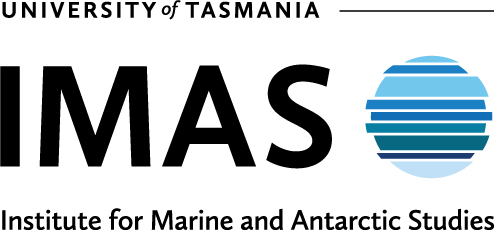Assessment Categories
Species are assessed according to importance and multiple specific reference points for catch and effort data.
Species Importance
Catches of more than 90 species are reported under the commercial Scalefish Fishery in Tasmania. Catches vary substantially among species, primarily because of differences in social and economic values. In consequence, some species have a higher priority for stock status assessments than others and only the most important species are assessed in this report. Species importance was assigned by considering a combination of factors, including:
- Whether the species is a target, secondary target or by-product
- The economic importance of the species
- The annual landings of the species (i.e. annual catch > 5 t for 50% of the time between 1995 and present)
- The number of operators targeting the species
- The “conservation” value of the species
According to these criteria, species are classified as either “Key species” or “Minor species”. The remaining species reported in commercial catches, which are not considered in this assessment report, are assumed to face a relatively minor threat from current fishing practices.
Reporting Level Definitions
Each species in the assessment is associated with one of three levels of reporting: Full, Medium or Minor. Reporting levels are assigned according to data availability for each species or species group. Full reporting for all key species and medium reporting for all minor species is aimed for in the long-term.
Performance Indicators and Reference Point Definitions
The determination of stock status is based on the consideration of model outputs (for species with full reporting) and commercial catch and effort data, which are assessed by calculating fishery performance indicators and comparing them with reference points. For the current assessment, as in previous years, we present performance indicators and reference points recommended in recent assessment reports as alternatives to those originally proposed in the Scalefish Fishery Management Plan policy document (DPIF 1998).
Standard performance indicators are fish biomass and fishing mortality. For medium and minor reporting, proxies (commercial catch and CPUE) are used instead as there are insufficient data to calculate biomass or fishing mortality. Catch and CPUE data are then compared to a reference period (1995/96 to 2006/07 unless stated otherwise) for each species. The period 1995/96 to 2006/07 was selected as the reference period to correspond to the first twelve years since the introduction of daily catch and effort reporting in the Tasmanian General Fishing Returns. The reference points for more generic and full reporting are species-specific while the reference points for medium and minor reporting are applicable for all species.
Other measures are also taken into consideration in the determination of stock status, including changes in biological characteristics of the stock, indicators of stock stress, as well as any significant external factors related to fishing activities. Indicators of stock stress include significant changes in the size or age composition of fish in commercial catches, high numbers of undersized fish and high numbers of unhealthy fish.
We note that the assessment of Banded Morwong (Cheilodactylus spectabilis) has been conducted in a separate report (Stacy et al. 2019). This change from assessment reports prior to 2017/18 reflects differences in the timetable for setting the annual total allowable catch for Banded Morwong (based on quota year) compared with routine assessment reporting for other scalefish species (based on financial year).
We also note that shark net and bottom longline catch and effort have been excluded from this report because the methods relate specifically to the School and Gummy Shark fishery, which is managed by the Commonwealth.



